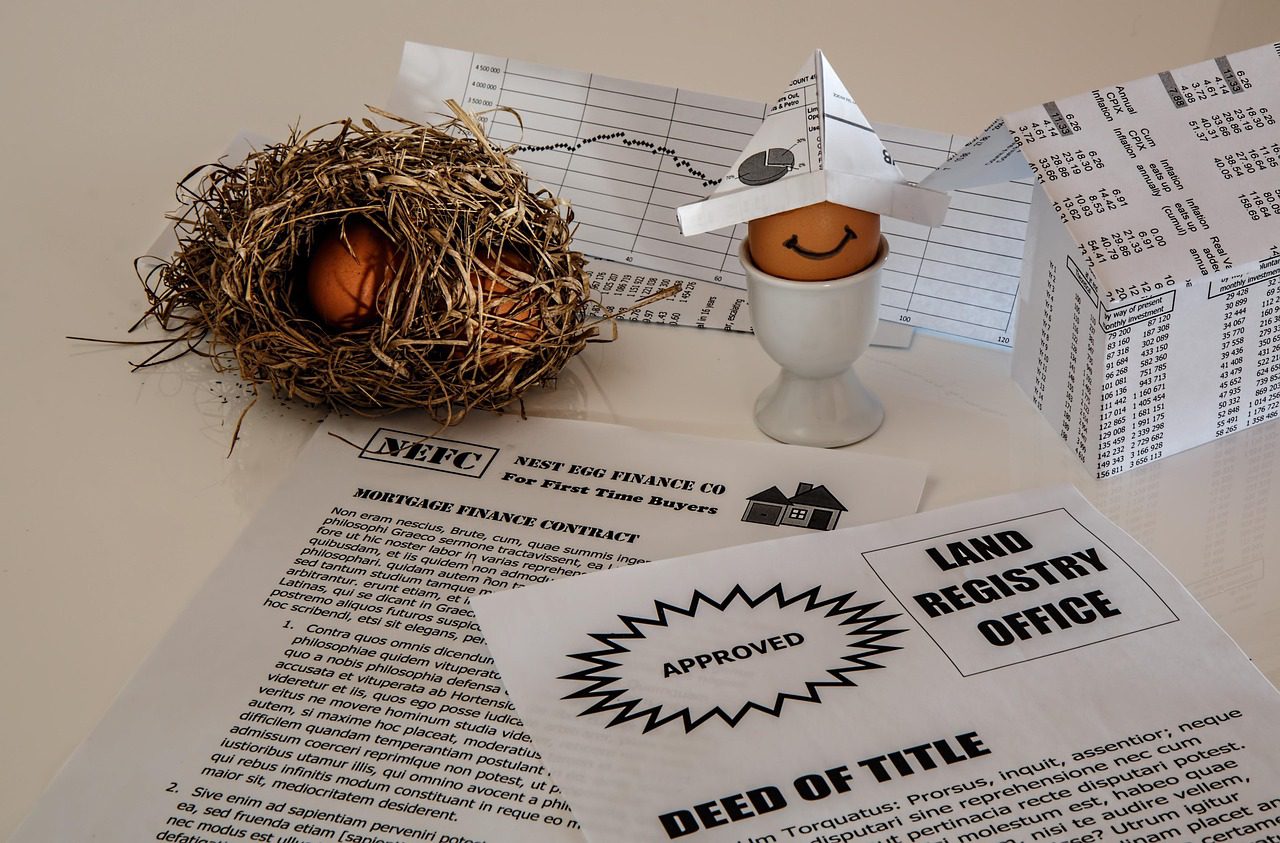In California’s complex real estate landscape, property owners often need efficient ways to transfer ownership interests. Among the various legal instruments available, the quick claim deed (often mistakenly called “quit claim deed”) stands out as one of the most straightforward options. Whether you’re transferring property between family members, settling a divorce, or clearing title issues, understanding how quick claim deeds work in California is essential for making informed real estate decisions.
What Is a California Quick Claim Deed?
A California quick claim deed is a legal document that allows a property owner (the grantor) to transfer their interest in a property to another person (the grantee) without making any guarantees about the title status. Unlike warranty deeds, which provide assurances about the property’s title, a quick claim deed simply transfers whatever interest the grantor actually owns—if any—without warranties or promises.
The key characteristics of a California quick claim deed include:
- No title guarantees: The grantor makes no promises about whether they actually own the property or if the title is clear.
- Simplicity: The document is straightforward and requires fewer formalities than other deed types.
- Speed: The transfer process is typically faster than with other deed types.
- Limited protection: The grantee receives no protection against prior claims or liens on the property.
When to Use a California Quick Claim Deed
Quick claim deeds are most appropriate in specific situations where the parties involved have an existing relationship or when title guarantees are less important. Common scenarios include:
- Family transfers: Transferring property between family members, such as parents deeding property to children.
- Divorce settlements: Removing an ex-spouse from a property title as part of divorce proceedings.
- Adding a spouse: Adding a spouse to a property title after marriage.
- Clearing title defects: Removing potential claims from individuals who might have an interest in the property.
- Trust transfers: Moving property into or out of a living trust.
The Legal Process of Filing a Quick Claim Deed in California
To properly execute a California quick claim deed, you must follow these essential steps:
1. Prepare the Deed Document
The deed must include specific information to be valid in California:
- The names and addresses of both the grantor and grantee
- A legal description of the property
- The Assessor’s Parcel Number (APN)
- The date of transfer
- A statement that the property is being transferred via quick claim deed
- Signature requirements
2. Sign and Notarize
California requires that the grantor’s signature be notarized. While the grantee’s signature is not legally required, it’s often included as a best practice.
3. Complete a Preliminary Change of Ownership Report (PCOR)
This form must be filed with the County Assessor’s office when recording the deed.
4. Record the Deed
To make the transfer official, the deed must be recorded with the County Recorder’s office in the county where the property is located. This typically involves:
- Paying a recording fee (varies by county but generally ranges from $15-$50)
- Submitting the original notarized deed
- Filing the PCOR form
5. Handle Property Tax Reassessment Considerations
Be aware that transferring property in California may trigger a property tax reassessment unless the transfer qualifies for an exclusion under Proposition 13 or other tax laws.
Common Misconceptions About Quick Claim Deeds
Many property owners misunderstand key aspects of quick claim deeds:
Misconception #1: It’s called a “Quit Claim Deed” While commonly referred to as “quit claim deeds,” the technically correct term is “quick claim deed,” referring to the speed and simplicity of the transfer process.
Misconception #2: A Quick Claim Deed Removes Mortgage Obligations Transferring property via quick claim deed does not eliminate mortgage responsibilities. The original borrower remains liable for the loan unless formally released by the lender.
Misconception #3: Quick Claim Deeds Provide Full Protection Unlike warranty deeds, quick claim deeds offer minimal protection to the grantee. The grantor makes no promises about the property’s title status or potential claims.
Potential Risks and Limitations
Before proceeding with a quick claim deed, consider these important limitations:
- No title protection: The grantee receives no guarantees about the status of the title.
- Existing liens continue: Any mortgages, tax liens, or judgments against the property remain in place.
- Title insurance challenges: It may be difficult to obtain title insurance on property transferred via quick claim deed.
- Potential future claims: Previous owners or interested parties may still make claims against the property.
Alternatives to Quick Claim Deeds in California
Depending on your situation, other deed types might better suit your needs:
- Grant Deed: Provides some warranties about the title status and is commonly used in California real estate sales.
- Warranty Deed: Offers the most comprehensive protection for the grantee with full title guarantees.
- Transfer on Death Deed: Allows property to transfer to designated beneficiaries upon the owner’s death without probate.
Tax Implications of Quick Claim Deeds
The tax consequences of using a quick claim deed can be significant and vary based on the specific circumstances:
- Property Tax Reassessment: Unless an exemption applies, transferring property in California typically triggers reassessment at current market value.
- Gift Tax Considerations: If the property is transferred without adequate consideration, it may be considered a gift subject to federal gift tax rules.
- Income Tax Basis: The recipient’s cost basis in the property can affect future capital gains calculations when selling.
Seeking Professional Guidance
Due to the potential complexities and consequences involved, it’s advisable to consult with professionals before executing a quick claim deed:
- Real Estate Attorney: Can provide legal advice specific to your situation and ensure the deed is properly prepared.
- Tax Professional: Can advise on potential tax implications of the transfer.
- Title Company: Can help identify any existing title issues before the transfer.
Conclusion
While California quick claim deeds offer a simple and efficient way to transfer property interests in specific situations, they come with significant limitations and risks. Understanding when these instruments are appropriate—and when they’re not—is essential for protecting your real estate interests.
For most property transfers between unrelated parties or in situations where title guarantees are important, alternative deed types likely offer better protection. However, for transfers between family members, divorce settlements, or adding a spouse to a title, quick claim deeds can provide a cost-effective and straightforward solution.
Always consult with qualified legal and tax professionals before executing any property transfer to ensure you understand the full implications of your decision and properly protect your interests.
Download Your Free California Quitclaim Deed Template
To make things easier, we’ve created a ready-to-use Word document template you can download and fill out:
Contact Us for additional support


No responses yet